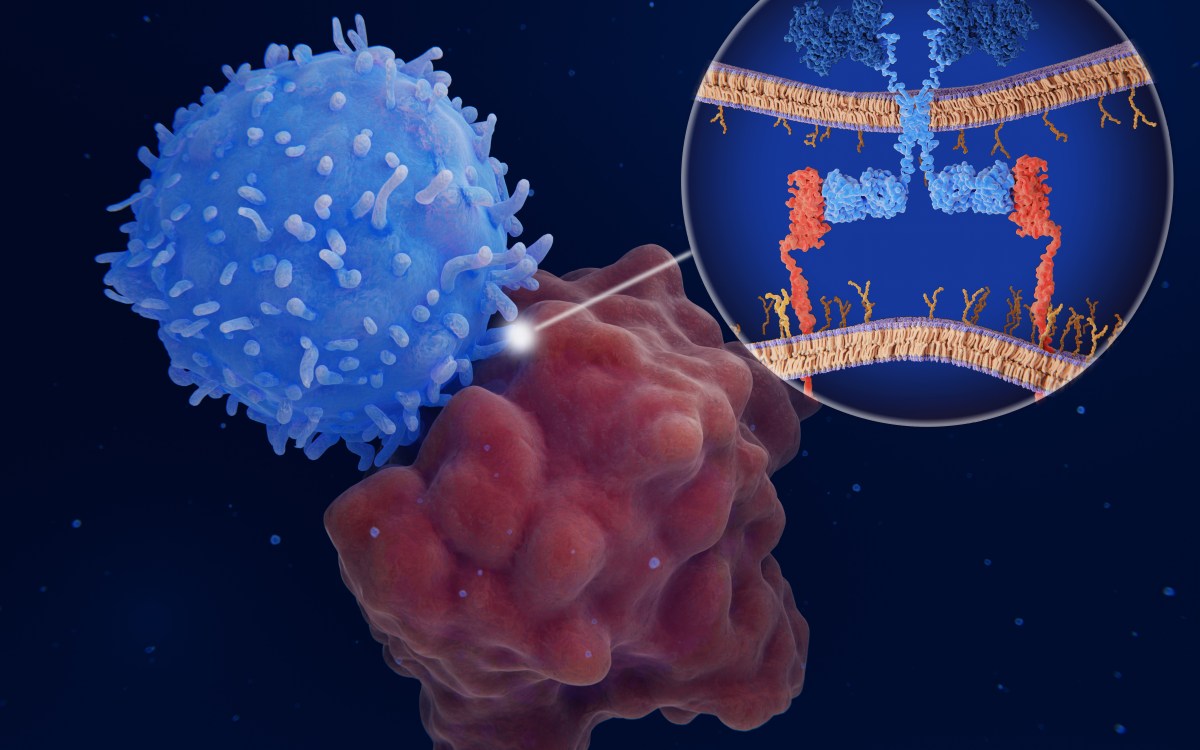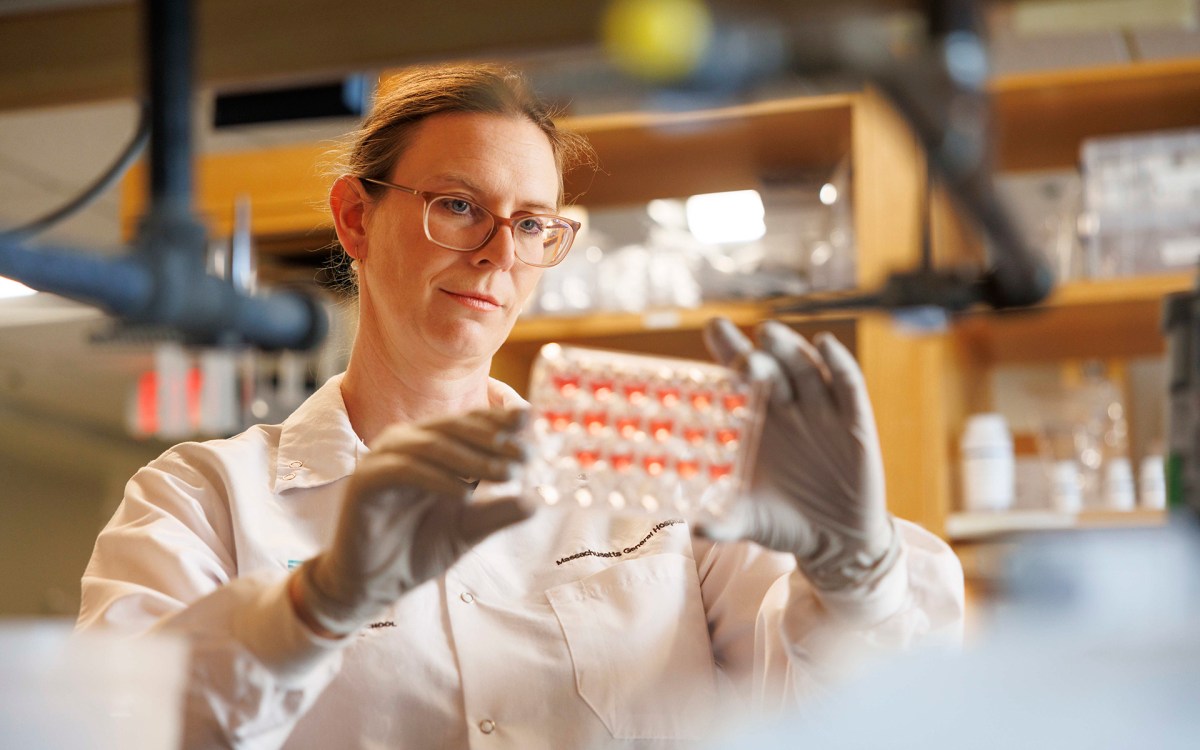Gene responsible for statin-induced muscle pain identified
Cause of one of most common statin side-effects
Statins, the popular class of drugs used to lower cholesterol, are among the most commonly prescribed medications in developed countries. But for some patients, accompanying side effects of muscle weakness and pain become chronic problems and, in rare cases, can escalate to debilitating and even life-threatening damage.
Now a study led by investigators at Beth Israel Deaconess Medical Center (BIDMC), helps explain the source of these problems. Published in the December 2007 issue of The Journal of Clinical Investigation, the findings offer the first evidence that a gene known as atrogin-1 plays a key role in statin-related muscle toxicity.
“Although it is not known exactly how many of the 500 million individuals who take statins experience muscle pain and weakness, muscle symptoms are generally considered the most common side effects of these medications,” explains co-senior author Vikas P. Sukhatme, MD, PhD, Vice Chair of Medicine for Interdepartmental and Translational Programs, Chief of the Division of Nephrology, and Chief of the Division of Interdisciplinary Medicine and Biotechnology at BIDMC.
“Statin users describe a wide spectrum of symptoms – at the most extreme end is a severe breakdown of skeletal muscle known as rhabdomyolysis,” says Sukhatme, who is also the Victor J. Aresty Professor of Medicine at Harvard Medical School (HMS). “At the other end is ‘grumbling muscles,’ milder, more diffuse muscle soreness and cramps. This kind of symptomatic muscle weakness and pain is quite frequent, but often difficult to quantitate.”
Known by such trade names as Lipitor, Zocor, Pavacol and Mevacor, statins lower cholesterol by inhibiting HMG-CoA reductase, a key enzyme in cholesterol synthesis.
Approximately five years ago, the study’s co-senior author Stewart Lecker, MD, PhD, and colleagues in the HMS laboratory of Alfred Goldberg, MD, first discovered the atrogin-1 gene, so named for its role in muscle atrophy.
“We learned that atrogin-1 is rapidly turned on in wasting muscle,” explains Lecker, who is an investigator in the Division of Nephrology at BIDMC and Assistant Professor of Medicine at HMS. Muscle wasting occurs in a large number of disease states, including cancer, AIDS, and kidney disease and can also occur when muscles are underused due to injury or lack of exercise. “In the absence of atrogin-1 activation,” he adds, “muscle atrophy is diminished.”
Since this initial discovery, atrogin-1 has been found in every existing model of muscle wasting, prompting Lecker and Sukhatme to investigate whether cholesterol-lowering statins might also be “turning on” this gene.
“We reasoned that since atrogin-1 plays a key role in the development of wasting in skeletal muscle, it might also mediate part of [patients’] sensitivity to statins,” the authors write.
They proceeded to conduct three separate experiments to test this hypothesis. They first examined the expression of the atrogin-1 gene in biopsies of 19 human quadricep muscles from five control patients, six patients with muscle pain who were not being treated with statins and eight patients with muscle pain/damage who were using statins. Their results showed that atrogin-1 expression was significantly higher among the statin users.
Next, the scientists studied statins’ effects on cultured muscle cells treated with various concentrations of lovastatin. Compared with control samples, the lovastatin-treated cells became progressively thinner and more damaged. But remarkably, say the authors, the cells lacking the atrogin-1 gene were resistant to statins’ deleterious effects.
Finally, the authors tested the drug in zebrafish. They showed that just as in mammalian muscle cell culture, lovastatin led to muscle damage, even at low concentrations; as the concentration was increased, so too was the damage. And, once again, they observed that fish lacking the atrogin-1 gene were resistant to statin-induced damage.
“These three complementary experiments demonstrate that atrogin-1 has a fundamental role in statin-induced toxicity,” notes Lecker. “Future experiments will be aimed at understanding how statins turn on the atrogin-1 response in muscle, and in ascertaining what transpires in muscle following atrogin-1 activation that leads to muscle damage and atrophy. The hope is that eventually patients will be able to glean statins’ positive benefits to cholesterol metabolism and reduction of cardiovascular events while being spared accompanying muscle toxicities.”
Study coauthors include BIDMC investigators Jun-Ichi Hanai and Peirang Cao (lead authors) and Preeti Tanksale; Shintaro Imamura, Eriko Koshimizu and Shuji Kishi of Schepens Eye Research Institute; Michiaki Yamashita, of the National Research Institute of Fisheries Science, Yokohama, Japan; and Paul Phillips of Scripps Mercy Hospital, San Diego, California.
This study was funded, in part, by grants from the National Institutes of Health.





